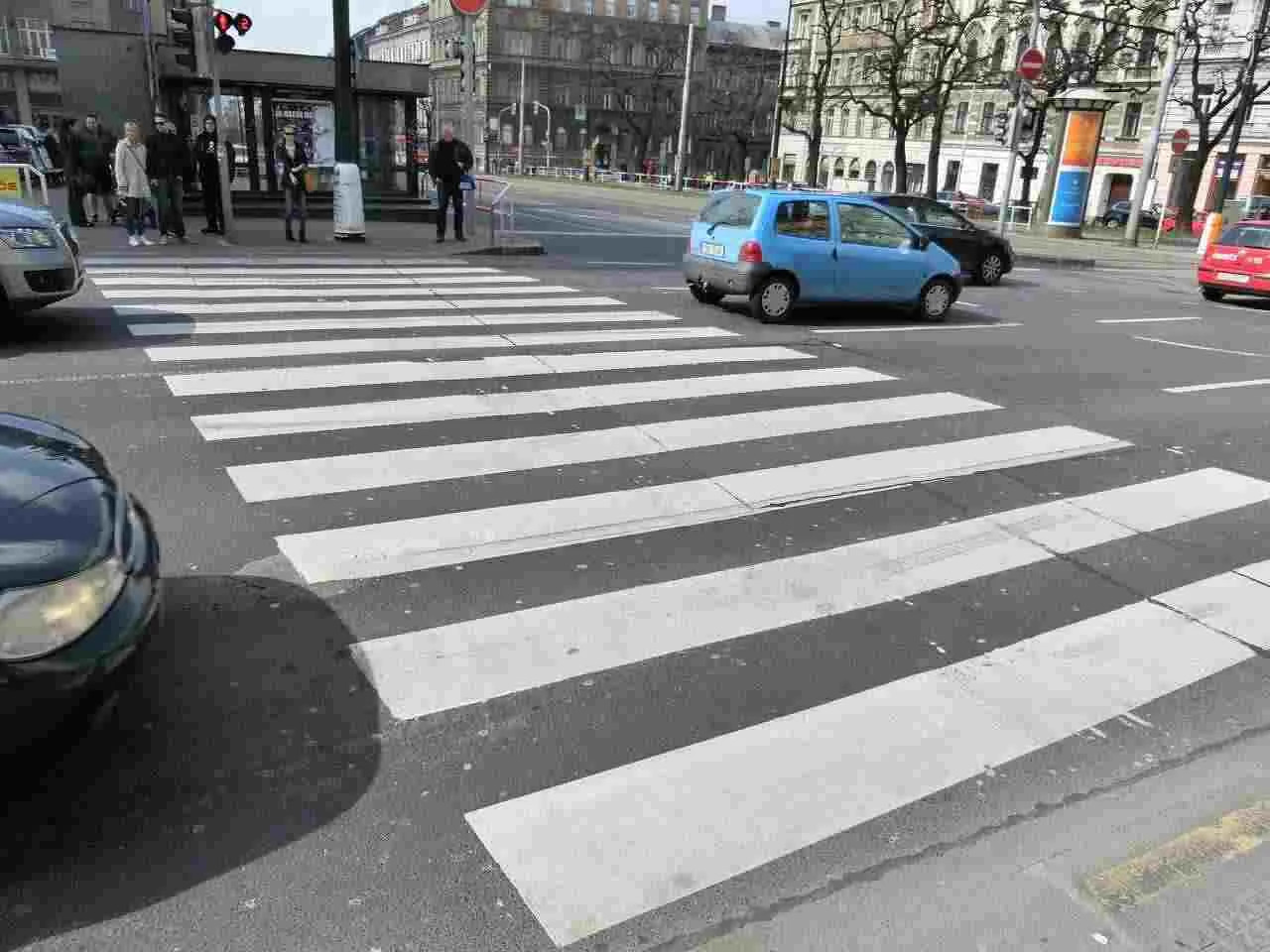Florida’s Crosswalks: Navigating the Rights and Responsibilities of Pedestrians

Florida’s bustling streets and scenic walkways invite a blend of motorists and pedestrians. Central to their harmonious coexistence are crosswalks — these designated zones ensure that pedestrians can cross roads safely. However, crosswalks are more than mere painted lines on the road. They symbolize rights and responsibilities that every Floridian, whether on foot or behind the wheel, must recognize. This post seeks to guide you through the labyrinth of rules surrounding Florida’s crosswalks, emphasizing the balance of rights and responsibilities, especially in cases of pedestrian accidents.
The Legal Framework: Pedestrians’ Rights at Crosswalks
Florida law is clear on pedestrians’ rights when it comes to crosswalks:
- Right of Way: When a pedestrian is in a marked or unmarked crosswalk at an intersection, vehicles must yield the right of way. This means slowing down or stopping if a person is on the half of the roadway where the vehicle is traveling or is close enough to be a potential danger.
- Signals: At crosswalks with pedestrian signals, pedestrians have the right to cross if they face a steady “Walk” or walking person symbol.
- Uncontrolled Crosswalks: Even if there’s no traffic control signal, vehicles must still yield to pedestrians in crosswalks.
Responsibilities and Best Practices for Pedestrians
While pedestrians have rights, they also shoulder responsibilities:
- Obeying Signals: At intersections with traffic control signals, pedestrians must only cross when they face the appropriate pedestrian signal. Darting out against a “Don’t Walk” or raised hand signal can be both dangerous and against the law.
- Crossing Outside Crosswalks: If pedestrians cross the road at any point other than a marked or unmarked crosswalk, they must yield the right of way to vehicles. This is particularly pertinent in places where adjacent intersections have traffic controls.
- Safety Vigilance: Always ensure it’s safe to cross, even when you have the right of way. Make eye contact with drivers, stay alert, and avoid distractions like smartphones.
The Dual Role of Drivers
Motorists play a dual role — they must respect pedestrians’ rights while also being vigilant:
- Yielding: As discussed, vehicles must yield the right of way to pedestrians in crosswalks. This action prevents potential accidents and keeps the flow of traffic and pedestrians smooth.
- Staying Alert: Especially in areas with high pedestrian traffic or near schools, drivers should remain particularly alert. Anticipating a pedestrian’s move can make all the difference.
Conclusion
Crosswalks, in essence, represent shared spaces where mutual respect and understanding are paramount. Both pedestrians and drivers play pivotal roles in ensuring safety. By understanding and adhering to Florida’s rules surrounding crosswalks, both can coexist harmoniously, ensuring that Florida’s roads remain safe for all.
Should you ever find yourself in a situation where the dynamics of crosswalk rights and responsibilities become a legal matter, consulting with a knowledgeable attorney can provide clarity and guidance, safeguarding the rights of all involved parties.
